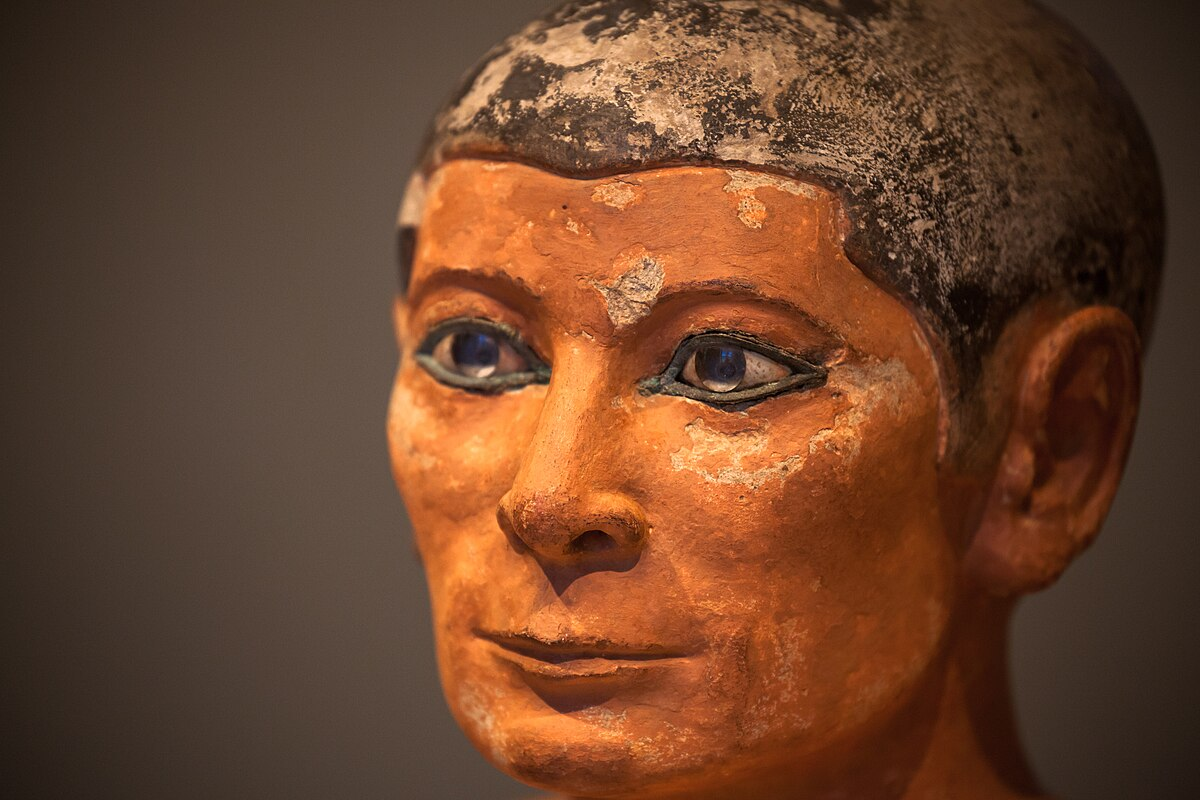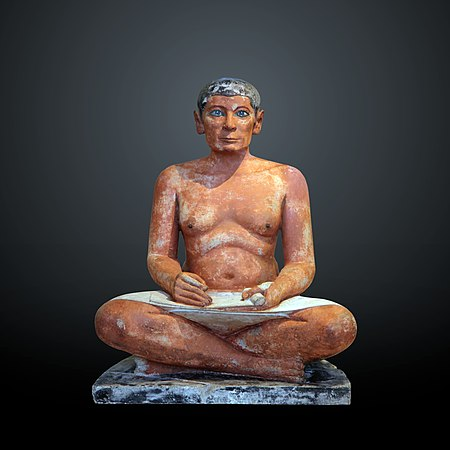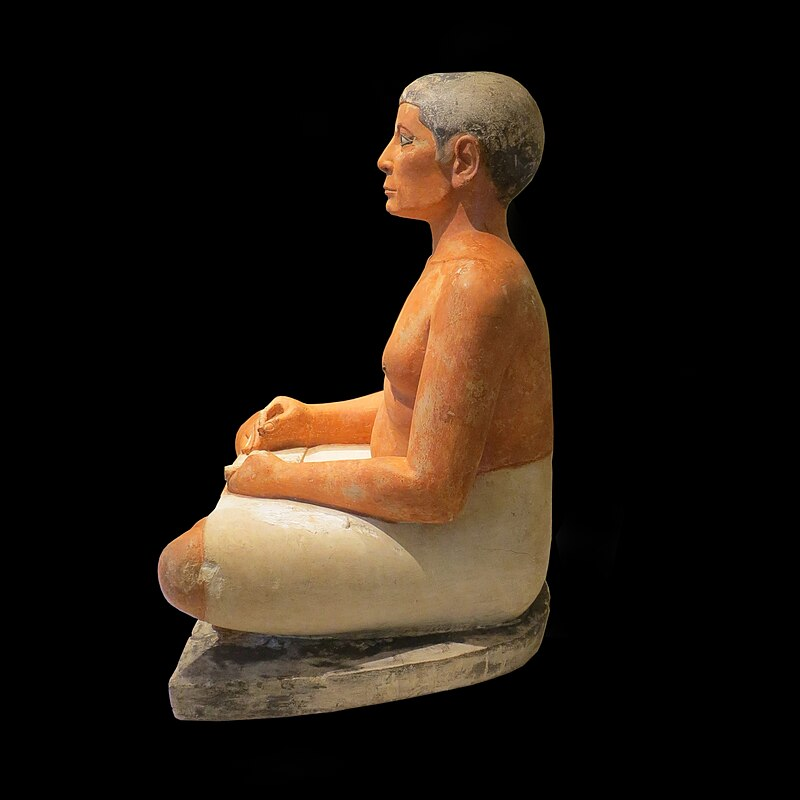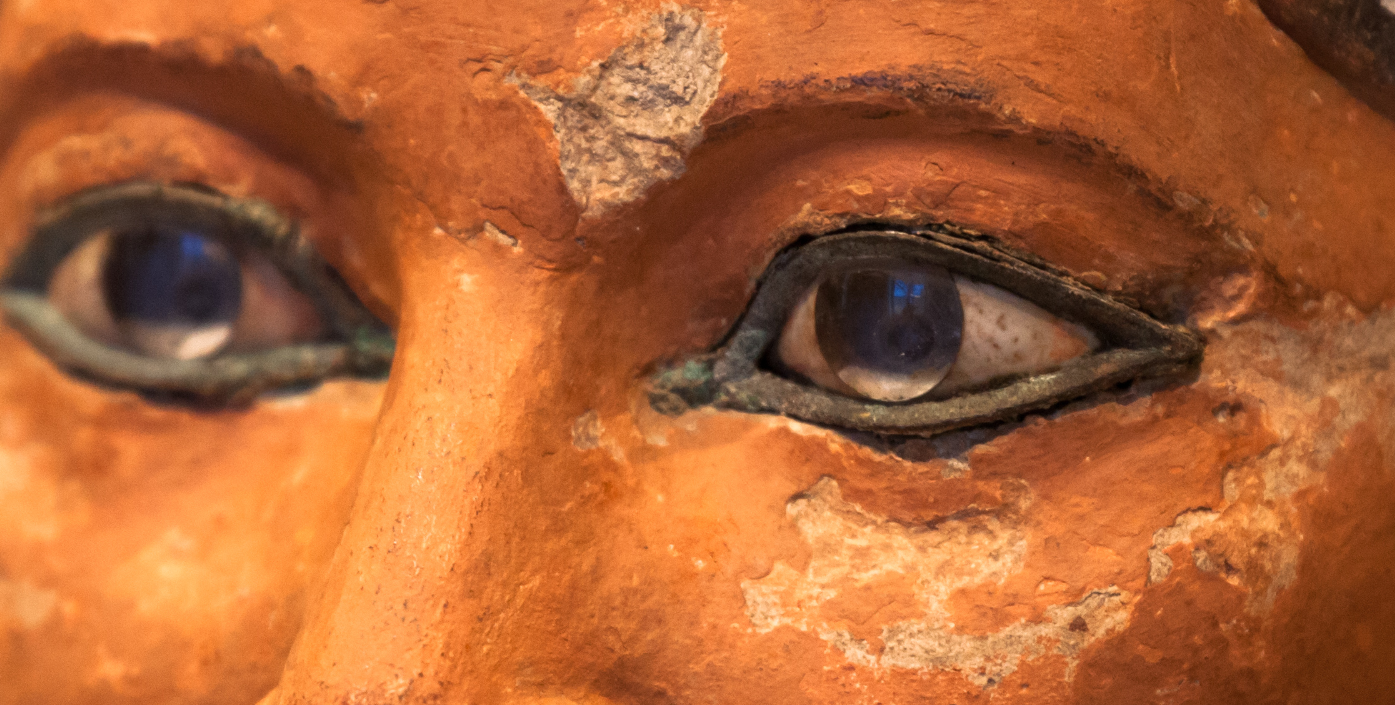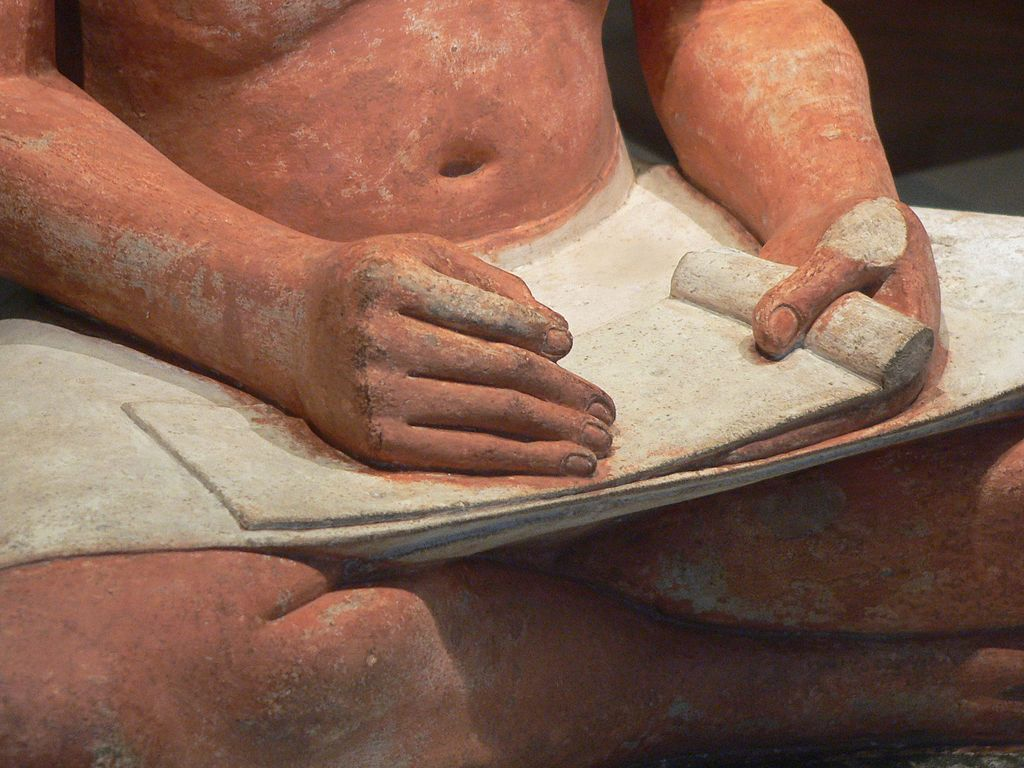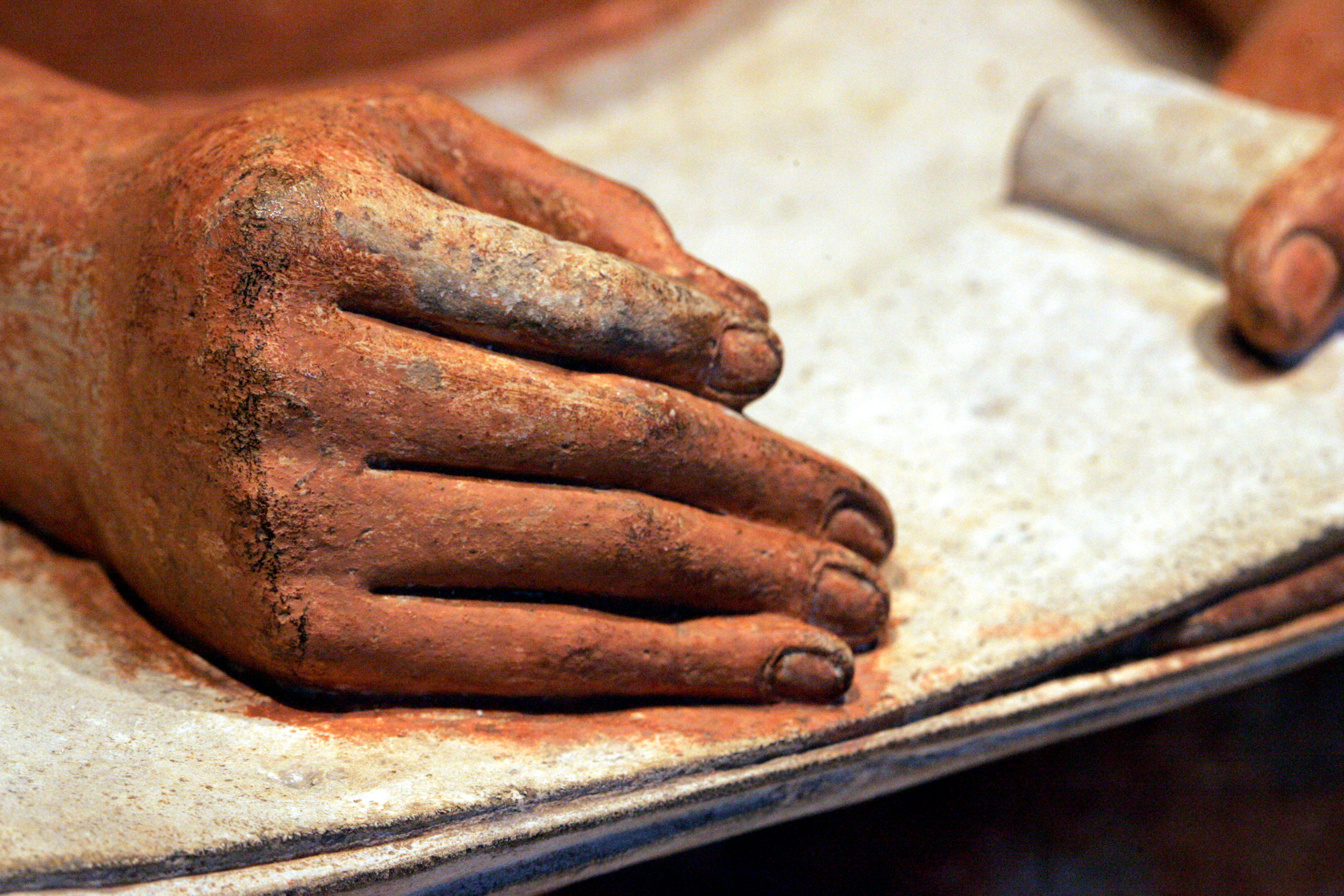In the heart of the Louvre Museum's Egyptian collection lies a remarkable piece of ancient artistry that has captivated visitors for centuries. Known as the "Seated Scribe," this small yet profoundly lifelike sculpture dates back to the Old Kingdom of Egypt, making it nearly 5,000 years old. Its extraordinary realism and preservation make it a standout artifact in the study of ancient Egyptian culture and art.
A Glimpse into the Old Kingdom
The Seated Scribe originates from a time known as the Old Kingdom, an era in Egyptian history spanning from around 2686 to 2181 BCE. This period is often referred to as the "Age of the Pyramids" due to the construction of the famous pyramid complexes at Giza. The Seated Scribe, however, offers a different perspective on Egyptian society, highlighting the importance of literacy and the administrative class in the functioning of the state.
The Lifelike Quality of the Seated Scribe
One of the most striking aspects of the Seated Scribe is its lifelike appearance. Despite being thousands of years old, the sculpture conveys a sense of alertness and intelligence that transcends time. The realism is enhanced by the use of paint, which, although common in ancient Egyptian sculpture, is exceptionally well-preserved in this piece. The scribe’s skin is painted a rich red-brown, while his clothing—a simple white kilt—contrasts with the darker hues of his body and hair.
The materials used in the sculpture contribute significantly to its lifelike quality. While the sculpture itself is primarily made of limestone, the eyes are crafted from two different types of stone. The sclera is made from polished crystal, giving it a reflective quality, while the iris is rendered using an organic material that both adheres to the crystal and adds color. A small indentation represents the pupil, further enhancing the sense of realism. This meticulous attention to detail in the eyes is a major factor in the sculpture’s ability to "collapse" the 4,500 years between its creation and the present day, making it appear almost alive to modern viewers.
Humanizing the Scribe
Unlike the idealized representations of pharaohs, who were considered gods on earth, the Seated Scribe is depicted in a more human and relatable manner. The figure is not idealized; instead, it is portrayed with realistic features such as rolls of fat, suggesting a middle-aged man who has perhaps lived a life of relative comfort. His posture is relaxed, with his legs crossed and his torso slightly hunched, as if he has just exhaled after a long day of work. Yet, there is also a formality to his presentation—he sits squarely facing forward, with a near-perfect symmetry to his body, save for his hands.
In his right hand, the scribe would have originally held a brush or pen, while his left hand grasps a rolled piece of papyrus. This detail is particularly intriguing as it suggests a momentary action—a scribe in the act of writing—despite the Egyptians' general concern with representing the eternal and timeless in their art. The combination of a relaxed posture and a sense of ongoing activity makes the Seated Scribe a unique piece in Egyptian art.
The Function of the Seated Scribe
The Seated Scribe was discovered in a necropolis at Saqqara, southwest of Cairo, which was a significant burial ground during the Old Kingdom. As a funerary sculpture, it was likely intended to serve a specific purpose in the afterlife. However, the exact context of its original placement remains unknown due to the lack of detailed records of its findspot and the absence of inscriptions on the base, which was cut off at some point in the past. These missing inscriptions might have provided the scribe's name and titles, offering further insight into his identity and role.
Scribes held an esteemed position in ancient Egyptian society. They were among the few who could read and write, skills that were essential for maintaining the bureaucracy of the state. The hieroglyph for "scribe" itself is quite pictographic, typically showing a pen, a pot of water, and cakes of pigment—tools of the trade for those who kept the records and communicated the decrees of the pharaohs. This sculpture, therefore, not only represents an individual but also embodies the broader importance of literacy and record-keeping in ancient Egypt.
Artistic Mastery and Legacy
The craftsmanship of the Seated Scribe is a testament to the skill of ancient Egyptian sculptors. The figure is delicately carved, with particular attention paid to details such as the scribe's long, elegant fingers and carefully inscribed fingernails. His high cheekbones are pronounced, adding to the realism of his face, which is accentuated by the use of black paint around his eyes and hair.
The Seated Scribe remains one of the most fascinating artifacts from ancient Egypt, reaching out to us from across millennia. It serves as a bridge between the modern world and the ancient past, allowing us to connect with the people who lived thousands of years ago. Through its lifelike features and the mysteries it still holds, the Seated Scribe continues to inspire awe and curiosity in all who behold it.

